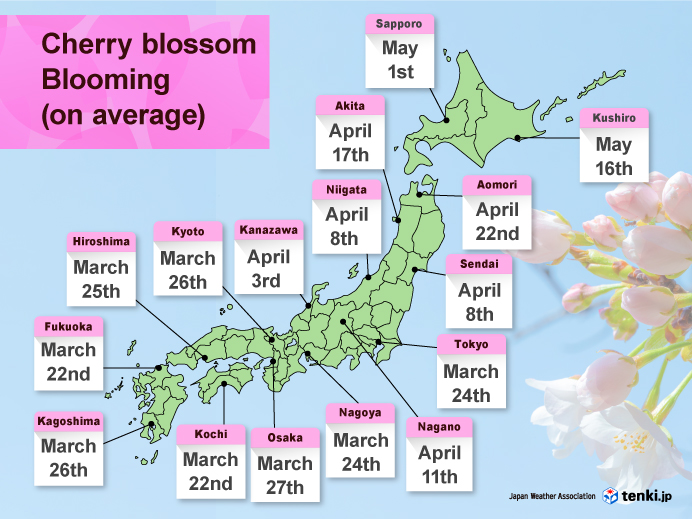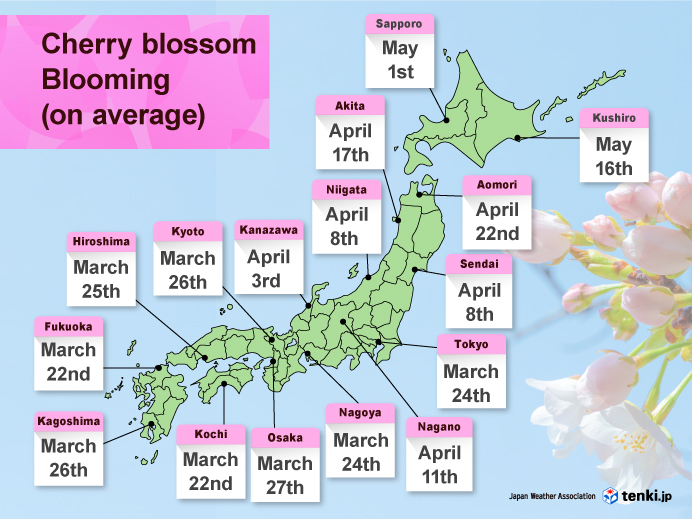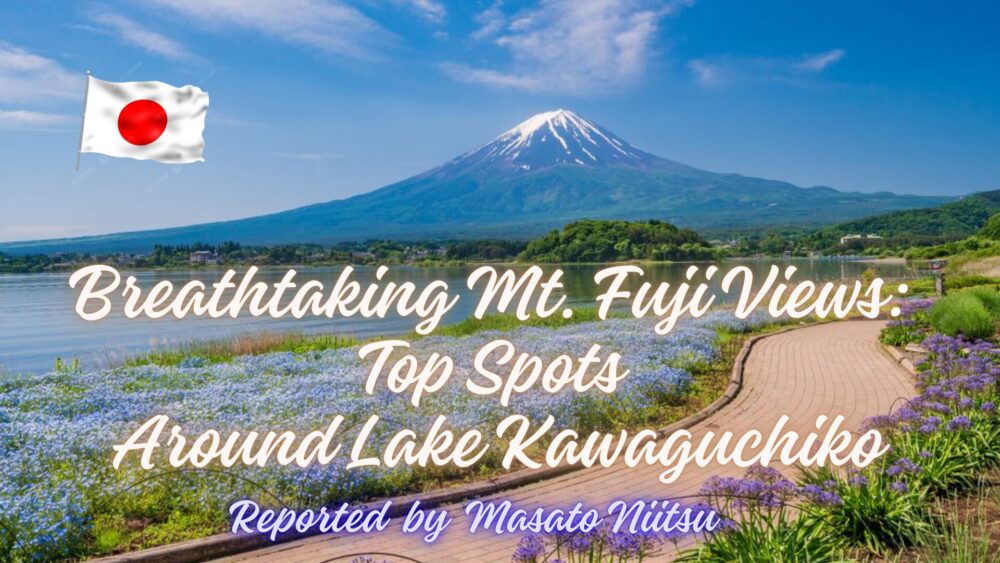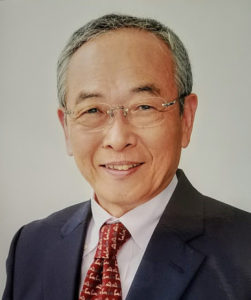Mt. Fuji, which has deeply influenced the Japanese view of nature and Japanese culture, was registered as a UNESCO World Cultural Heritage Site in 2013 under the title “Fujisan(*), Sacred Place and Source of Artistic Inspiration.” (*) Japanese people call Mt. Fuji “Fujisan” in Japanese.
Because Fuji has been registered as a World Heritage site, the number of foreign visitors to Japan who want
to see Mt. Fuji. In this article, I will show you where you can see beautiful Mt. Fuji.
【contents】
Ⅰ. Best Spots to View Mt. Fuji
You can enjoy great views of Mt. Fuji from the following locations:
- Around Lake Kawaguchiko (full view)
- Hakone National Park – Owakudani Valley area (full view)
- Hakone National Park – Lake Ashinoko (upper half)
- Mt. Fuji 5th Station (upper half)
- From the window of the Shinkansen-bullet train (full view)
Mt. Fuji can be seen beautifully from the Kawaguchiko Lake area among the above locations.
If the weather is clear, Mt. Fuji can be seen even from Tokyo. However, if you’ve come all the way to Japan, there’s nothing better than seeing Mt. Fuji up close.
Ⅱ. Approaching Mt. Fuji
To enjoy a close-up view of Mt. Fuji, the areas around Lake Kawaguchiko or within the Fuji-Hakone National Park are ideal.
Here, I will introduce how to appreciate Mt. Fuji from the Lake Kawaguchiko area.
When enjoying views of Mt. Fuji from around Lake Kawaguchiko, two scenarios are possible:
You may be staying at a hotel in Tokyo or at a hotel near Lake Kawaguchiko.
1. Transportation
Mt. Fuji is located roughly 100 kilometers from Tokyo in a straight line. While there are several options such as trains, buses, or chartered vans, trains—being unaffected by road traffic—are a reliable means of transportation. The train journey involves transferring between JR lines and private railways, and the JR portion is covered by the Japan Rail Pass.
From a hotel in Tokyo to Kawaguchiko Station—the nearest station to Mt. Fuji—it takes about two and a half hours by train, so a day trip is possible.
Once at the destination, using a chartered van is convenient and recommended. It’s best to book this van in advance from your hotel in Tokyo.
2. Arranging a Tour Guide
There are very few English-speaking tour guides living in the Mt. Fuji area. Whether you are staying at a hotel in Tokyo or in the Lake Kawaguchiko area, it is necessary to book a guide who lives in or around Tokyo in advance.
In such cases, it is standard practice in the tourism industry for the guest to cover the guide’s round-trip transportation from their home to Mt. Fuji, local transportation during the tour, as well as meals and any admission fees—separately from the guide fee itself.
If you have reserved a chartered van for the local tour, you will be riding together, so the guide’s local transportation cost will not be necessary.
If you are staying in Tokyo, it is safest to have the guide come to your hotel in the morning on the day of the tour and travel together to Mt. Fuji.
Even if you are staying at a hotel near Mt. Fuji, it is a good idea to have the guide come to pick you up at your hotel.
- Followings are recommended places to visit.
- Oishi Park
- Arakura Fuji Sengen Shrine/pagoda
- Mt. Fuji Panoramic Ropeway (Kawaguchiko Tenjoyama Park)
- Oshino Hakkai villege
- Kitaguchi Hongu Fuji Sengen Shrine
- Fujisan Museum
- Itchiku Museum
- Sengenchaya Restaurant (traditional local dish: Hōtō)
Ⅲ. Recommended places to visit
Map
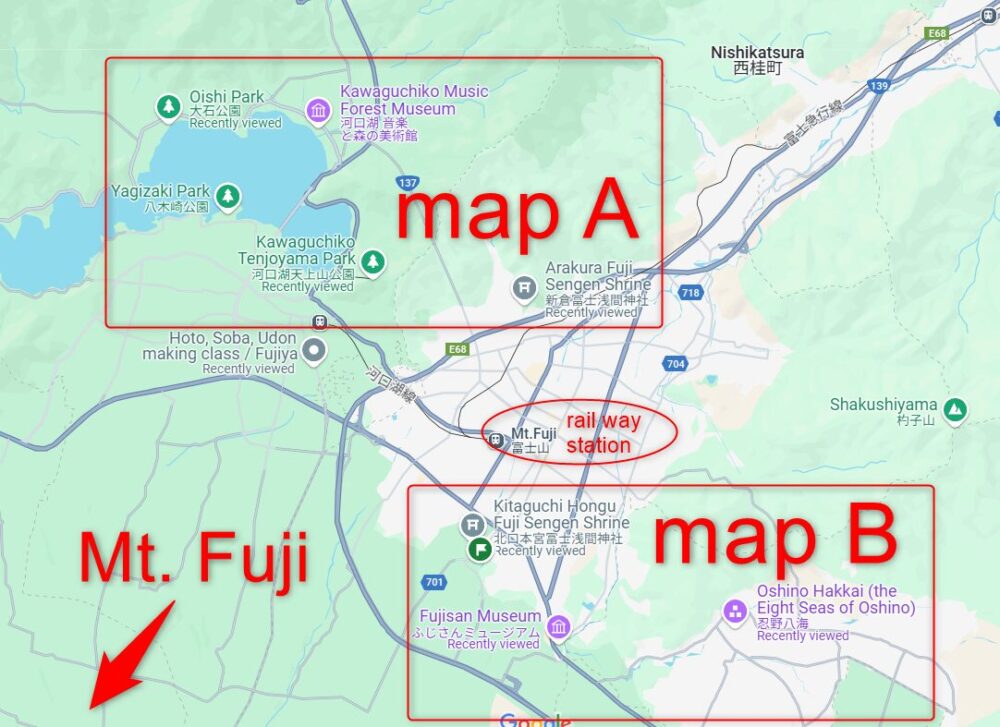

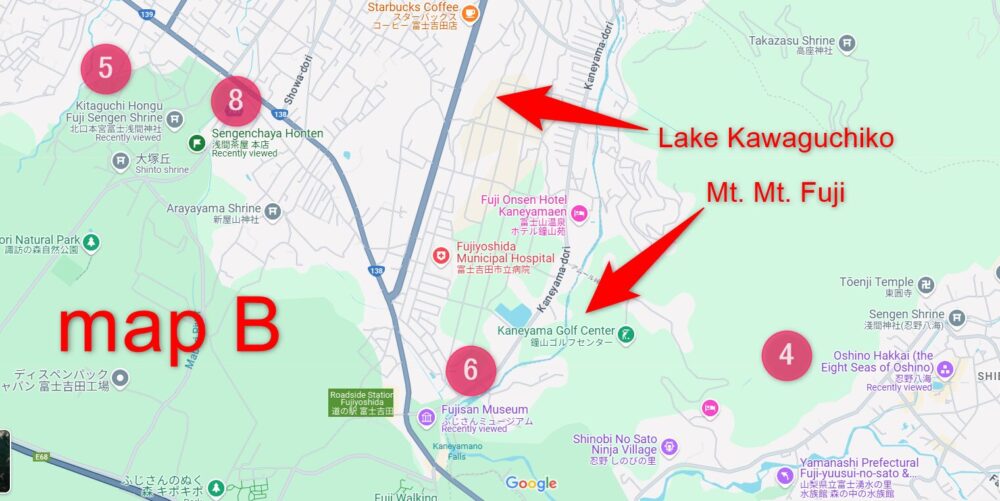
The following places and facilities can be recommended.
1. Oishi Park

Oishi Park, located on the north shore of Lake Kawaguchi, offers a spectacular view of both the lake and Mt. Along the lakeside promenade, a variety of flowers bloom from season to season.
The seasonal blooming of flowers, Lake Kawaguchi stretching out beyond the lake, and the majestic, symmetrical ridges of Mt. Fuji, the largest mountain in Japan, and a leisurely stroll along the flower-blooming promenade is a relaxing experience.
https://kawaguchiko.net/park/oishi-park/#google_vignette (English page is available)
2. Arakura Fuji Sengen Shrine/pagoda

Arakurayama Sengen Shrine is a historic Shinto shrine in Fujiyoshida, Yamanashi, founded in 705 AD.
It is dedicated to Konohanasakuya-hime, the goddess of Mount Fuji.
Above the shrine, the Chureito Pagoda was built in 1963 to honor war victims.
The five-story red pagoda stands on a hill with a stunning view.
From the top, you can see Mount Fuji behind the pagoda and cherry blossoms in spring.
This view has become one of Japan’s most iconic landscapes.
Visitors must climb about 400 steps to reach the pagoda.
Instead of going up the stairs, you can walk up the hill by its side to the place where the pagoda is located.
The best seasons to visit are spring and autumn.
It’s a peaceful spot combining natural beauty and cultural heritage.
Many photographers and tourists come to capture the famous scene.
https://chureito-pagoda.com/ (English page is available)
3. Mt. Fuji Panoramic Ropeway (Kawaguchiko Tenjoyama Park)

The entrance is on the eastern shore of Lake Kawaguchiko. It can be easily accessed by a ropeway that covers a 220-meter elevation gain in just three minutes. The ropeway, which opened in 1959, offers a convenient ride to the top. A hiking trail to Mt. Tenjoyama Park is also available. You can enjoy a 40- to 50-minute walk to Mt. Tenjoyama Park while viewing clusters of hydrangeas in summer and colorful foliage in autumn.
https://www.mtfujiropeway.jp/en/ (English page is available)
4. Oshino Hakkai villege

Oshino Hakkai is a scenic spot located in Oshino Village, Yamanashi Prefecture, Japan.
It consists of eight crystal-clear spring ponds fed by snowmelt from Mt. Fuji.
The name “Hakkai” means “Eight Seas,” referring to the eight ponds.
These ponds are considered sacred and have been part of Fuji worship for centuries.
The water is incredibly pure, filtered naturally through layers of lava rock.
Each pond has its own name and unique characteristics.
Oshino Hakkai is designated as a Natural Monument of Japan.
It offers a beautiful view of Mt. Fuji, especially on clear days.
Traditional thatched-roof houses and local shops surround the area.
It is a popular tourist destination for both its nature and cultural heritage.
https://yamanakako.info/8lakes_top.php
5. Kitaguchi Hongu Fuji Sengen Shrine

Kitaguchi Hongu Fuji Sengen Shrine is a historic Shinto shrine located at the northern base of Mt. Fuji in Yamanashi Prefecture.
It marks the traditional starting point of the Yoshida Trail up Mt. Fuji.
The shrine is dedicated to Konohanasakuya-hime, the goddess of Mt. Fuji, known for protecting against fire and ensuring safe childbirth.
Legend says it was founded by Prince Yamato Takeru in ancient times.
The grounds feature a majestic gate, towering cedar trees over 1,000 years old, and a sacred atmosphere.
The shrine is part of the Mt. Fuji UNESCO World Heritage Site.
Every August, it hosts the Yoshida Fire Festival, one of Japan’s most unique and dramatic festivals.
When you are in the precincts of the shrine, where many large, long-aged cedar trees grow, you can sense a part of the Shinto religion that the Japanese people base their lives on.
https://sengenjinja.jp/english/index.html (English page is available)
6. Fujisan Museum

The Fujisan Museum, located in Fujikawaguchiko Town, is dedicated to the natural and cultural history of Mt. Fuji.
It offers interactive exhibits, including models, videos, and displays on the volcano’s formation and ecosystem.
Visitors can learn about the spiritual significance of Mt. Fuji in Japanese culture and its UNESCO World Heritage status.
The museum also highlights local folklore and the history of Fuji worship.
Family-friendly and educational, it’s a great stop for those exploring the Fuji Five Lakes area.
Multilingual support is available for international visitors.
It’s an ideal place to deepen your appreciation of Japan’s iconic mountain.
https://www.fy-museum.jp/ (English page is available)
7. Itchiku Museum

The Itchiku Kubota Art Museum, located near Lake Kawaguchiko with views of Mount Fuji, was established in 1994 by renowned textile artist Itchiku Kubota. The museum showcases his revival of the lost Tsujigahana dyeing technique, featuring intricate kimono artworks that depict themes like nature and the universe.
The main exhibition hall, constructed using traditional Japanese methods with 16 massive cypress trees, offers a unique architectural experience. Visitors can also enjoy a serene garden, a café, and seasonal exhibitions that reflect the harmony between art and nature. The museum serves as a tribute to Kubota’s vision of blending traditional craftsmanship with contemporary artistic expression.
His first name, itchiku, means “a bamboo” in Japanese.
Every foreigner who visits here is impressed by the Japanese people’s meticulous dyeing techniques and the color scheme of their kimonos.
The building in which the exhibition rooms are located is an ancient Japanese wooden structure, which again shows the delicate and elaborate skills of the Japanese people in architecture.
https://www.itchiku-museum.com/ (English page is available)
8. Sengenchaya Restaurant (traditional local dish: Hōtō)


Hōtō is a traditional local dish made primarily in Yamanashi Prefecture, where Mt. Fuji is located (*). In 2007, it was selected by Japan’s Ministry of Agriculture, Forestry and Fisheries as one of the “Top 100 Local Dishes of Rural Villages, Mountains, and Fishing Communities” — a recognition given to treasured regional flavors from across the country. In the past, there was even a saying in Yamanashi that “a woman who can’t make hōtō isn’t ready for marriage.”
Hōtō is made by kneading wheat flour with water to form thick, roughly cut noodles, which are then simmered in a miso-based broth along with seasonal vegetables such as pumpkin.
There are various theories about which region hōtō originally came from and when it started being eaten.
Some say that it was brought back from Tang China by the Kentōshi (Japanese missions to Tang China), while others point out that the name appears in the famous Heian period (794–1192) essay collection “Makura no Sōshi” (The Pillow Book).
One of the prevailing theories is that hōtō is a regional specialty of Yamanashi Prefecture. Yamanashi, being a mountainous area, was not well-suited for abundant rice cultivation. As a result, a noodle dish was developed using little wheat flour and packed with whatever seasonal vegetables were available, all seasoned with miso. This hearty, rustic dish gained popularity among poor farmers.
It is also said that the famous warlord Takeda Shingen (1521–1573), who hailed from Yamanashi, frequently used hōtō as a wartime meal.
Around Lake Kawaguchiko, there are many restaurants that serve hōtō, but this particular one is especially recommended for both its delicious flavor and the traditional Japanese atmosphere of the building.
(*) Mt. Fuji spans both Yamanashi and Shizuoka prefectures.
Ⅳ. The Japanese People and Mt. Fuji

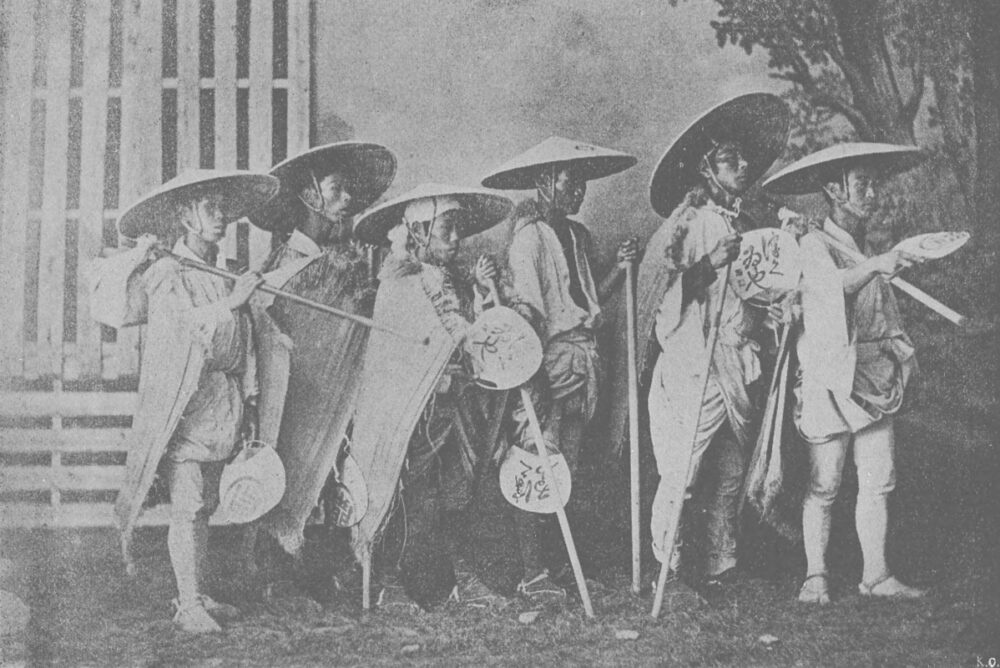
Symbolizing the harmonious coexistence of humans and nature, Mt. Fuji is a treasure of the world to be passed down to future generations, nurtured through both religious faith, such as the Fujiko belief system, and a wide range of artistic expressions, including ukiyo-e woodblock prints.
Fujiko refers to a popular religious movement that emerged during the Edo period (1603–1868), centered around the worship of Mt. Fuji and its divine spirit. Influenced by Shinto beliefs, Japanese people have long believed that numerous deities reside in natural elements such as mountains, rivers, fire, forests, and more.
This faith was particularly supported by feudal lords and the upper classes. It preached that diligently performing one’s daily work would lead to salvation, and common people were encouraged to live by the following principles:
Do good, and good will come. Do evil, and evil will follow.
Work hard, and you will prosper, enjoy good health, and live long.
Be lazy, and you will fall into poverty, suffer illness, and shorten your life.
Since the Meiji era (from 1869), especially after World War II (from 1945), Mt. Fuji and its surrounding areas have become popular tourist destinations. As climbing the mountain came to be seen as a form of leisure rather than religious devotion, the Fujiko faith, which had found its purpose in spiritual pilgrimages, declined significantly.
In Mt. Fuji’s history of eruptions, the last major one occurred on November 23, 1707—about 300 years ago.
Over the past 3,200 years, Mt. Fuji has erupted approximately 100 times, which averages to about once every 30 years. However, it has remained dormant since the Hoei Eruption of 1707.
Ⅴ. Choose the Right Season
Mt. Fuji isn’t clearly visible every day of the year, so it’s important to choose the right season if you want a good view.
In Fuji City, located near Mt. Fuji, the mountain’s visibility is observed every morning at 8 a.m.
In 2023, there were 154 days when the entire mountain was visible. Including days when it was partially visible, the total came to 244 days.
Visibility of the entire mountain exceeded 50% in January, February, October, November, and December.
In contrast, during the summer, there’s a 70% chance that Mt. Fuji won’t be visible at all, and the number of days when the full mountain can be seen drops to less than 10%.
It is often said as follows. If you are beautiful or handsome, Mt. Fuji will be hidden.
Ⅵ. Mt. Fuji: Dangerous Bullet Climbs and Casual Picnic Ascents
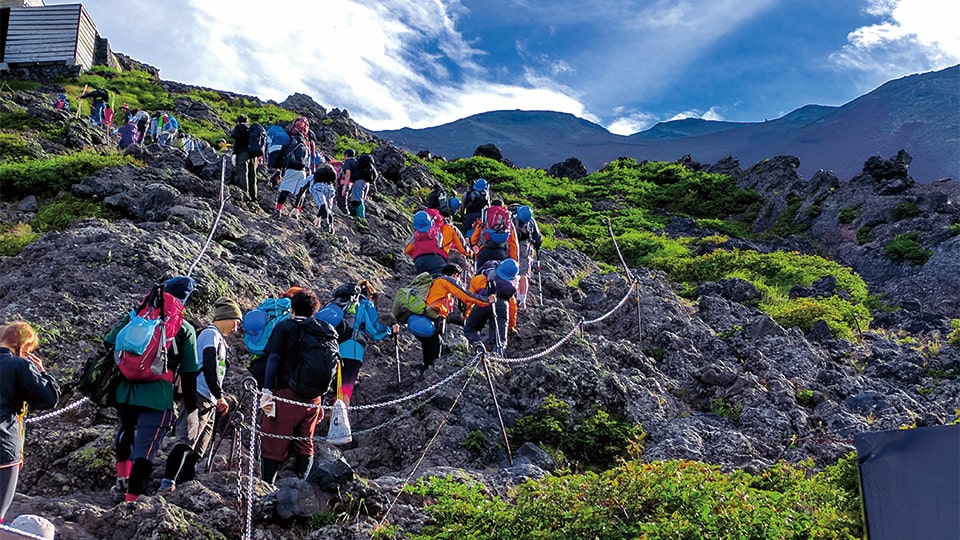
As previously mentioned, Mt. Fuji has traditionally been a site of sacred pilgrimage for the Japanese people, akin to a spiritual Mecca. It is believed that a divine spirit resides in the mountain, watching over Japan. While climbing Mt. Fuji has increasingly taken on a tourist aspect, the reverence Japanese people feel toward the deity of the mountain remains unchanged.
Another important aspect of Mt. Fuji is that it is the highest mountain in Japan. Reaching its summit requires a certain level of physical fitness, mountaineering skill, and proper equipment. When snow begins to accumulate at its base, even experienced climbers need full winter gear to avoid serious risk of death from cold or exhaustion.
The official climbing season runs from early July to early September. During this time, mountain huts are open, allowing climbers to enjoy a safe and relatively comfortable ascent. Outside of this period, the trails are obscured by snow, making summit attempts nearly impossible. All mountain huts also close during the off-season.
Even during the official season, if the weather turns bad, temperatures can plummet to levels comparable to midwinter conditions. Some foreign climbers, unaware of such dangers, begin their ascent in light picnic-like clothing simply because the weather was fair at the trailhead. But once conditions worsen during the climb, they become hypothermic and often require rescue. These incidents continue to occur year after year.
Some young foreign visitors even attempt what’s called a “bullet climb”—a round trip to the summit in a single day. Many of them fail to reserve a spot in a mountain hut, believing they can simply sleep outdoors. In some cases, these individuals seek shelter in the toilets of mountain huts, causing disruption to paying guests.
When such ill-prepared foreign climbers require the services of emergency rescue teams or medical facilities, the costs are often covered by Japanese public funds. In effect, these climbers are benefiting from Japan’s advanced emergency response and medical systems without contributing to them.
With the rise in the number of climbers, the costs of maintaining trails, managing human waste, cleaning up litter (a problem especially noted among foreign visitors), and providing emergency and medical care have grown significantly.
As a result of this situation, the Japanese government is now considering raising the current entrance fee of 4,000 yen per person for all climbers, but only for foreign visitors. The purpose is twofold: to limit the number of international climbers and to help preserve the scenic beauty of Mt. Fuji as a UNESCO World Heritage site.
For comparison, starting September 1, 2025, the entrance fee for foreign climbers on Mt. Everest will rise to $15,000, up from the previous $4,000. In contrast, Nepalese citizens pay less than one-tenth of that amount.
All Japanese people share a heartfelt desire to preserve Mt. Fuji—an essential part of Japan’s spiritual and cultural heritage—in its pristine state for generations to come.
Ⅶ. More Useful Articles
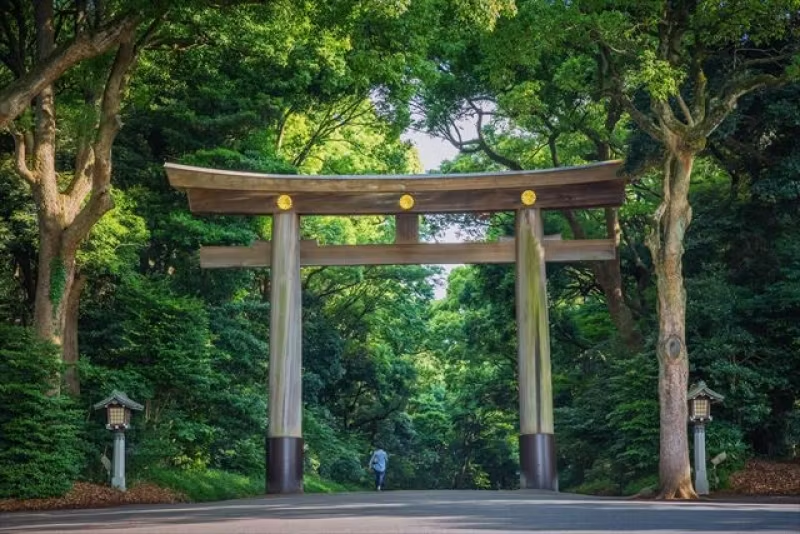
Gate of Meiji Jingu Shrine
2. Taxi is very convenient and reasonable fare in Japan
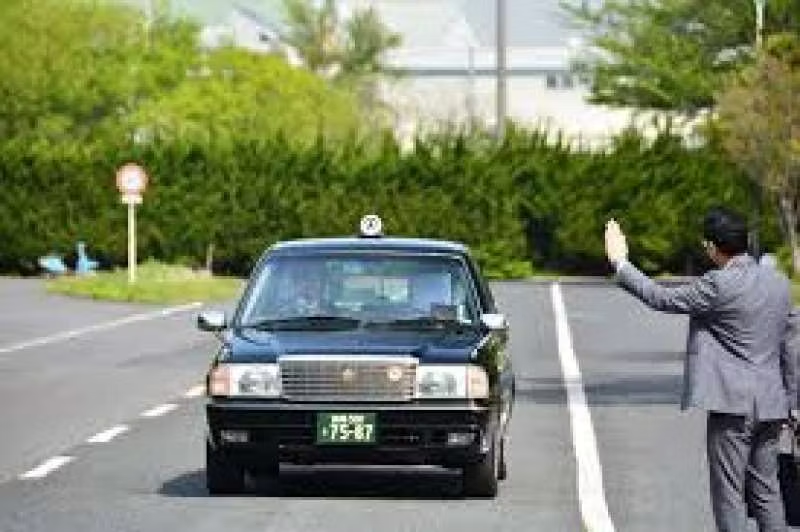
Raise your hand when picking up a cab in town.
3. Japanese people can read three types of characters.
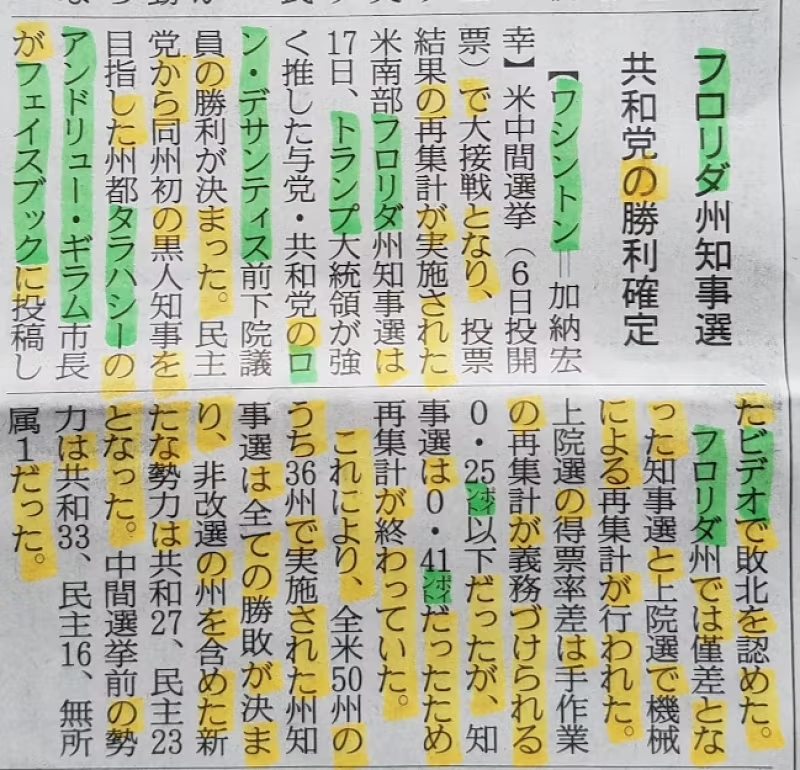
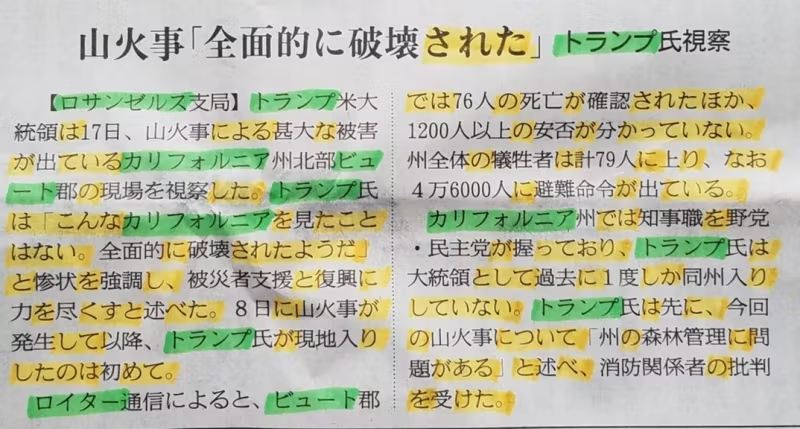
4. Book Capsule Hotel in Japan. Clean, Comfortable, and affordable.
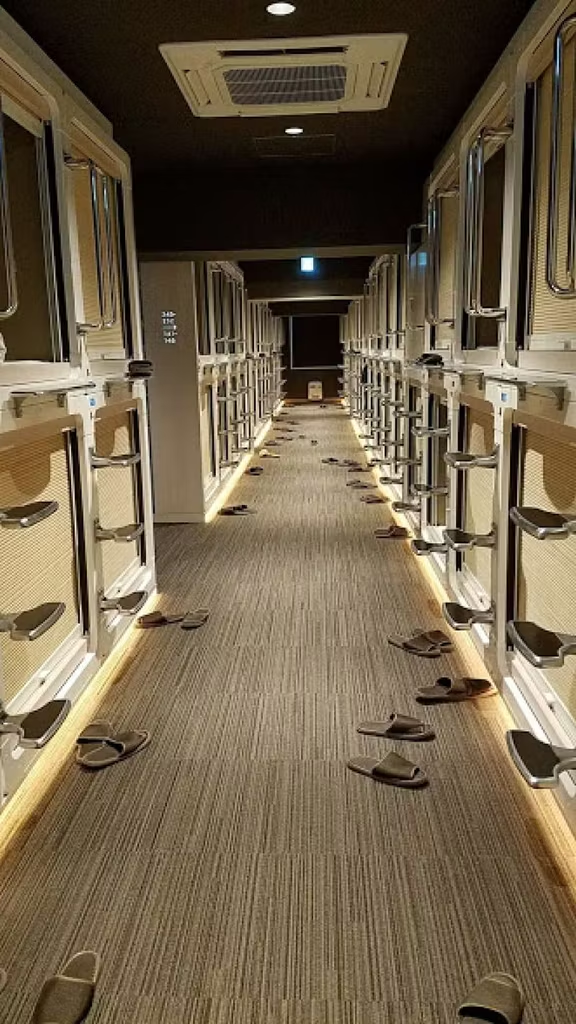
Capsule Hotel in Japan.
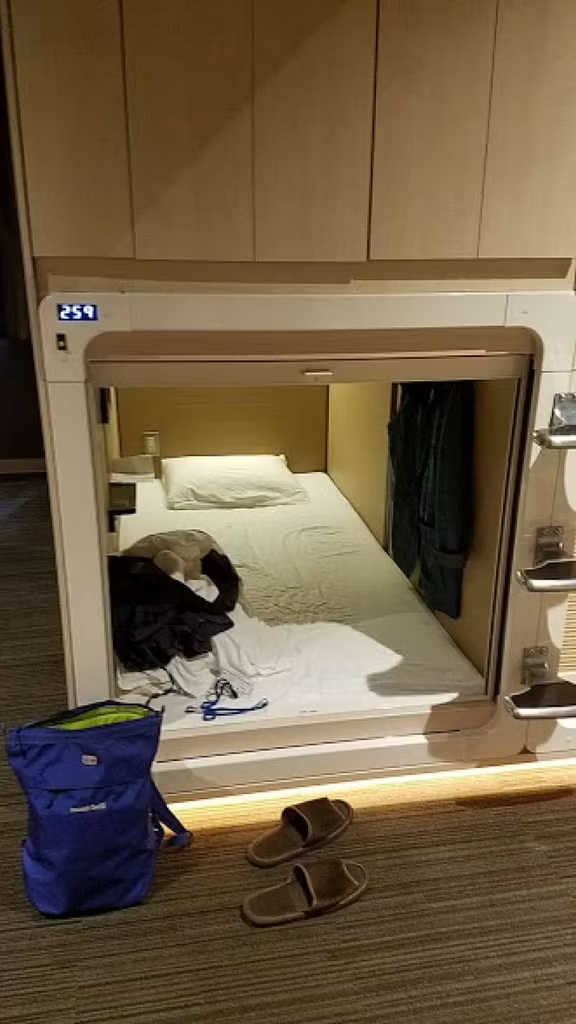
Private Hotel Room.
5. Best timing to view Sakura, Cherry blossoms, in Japan.
